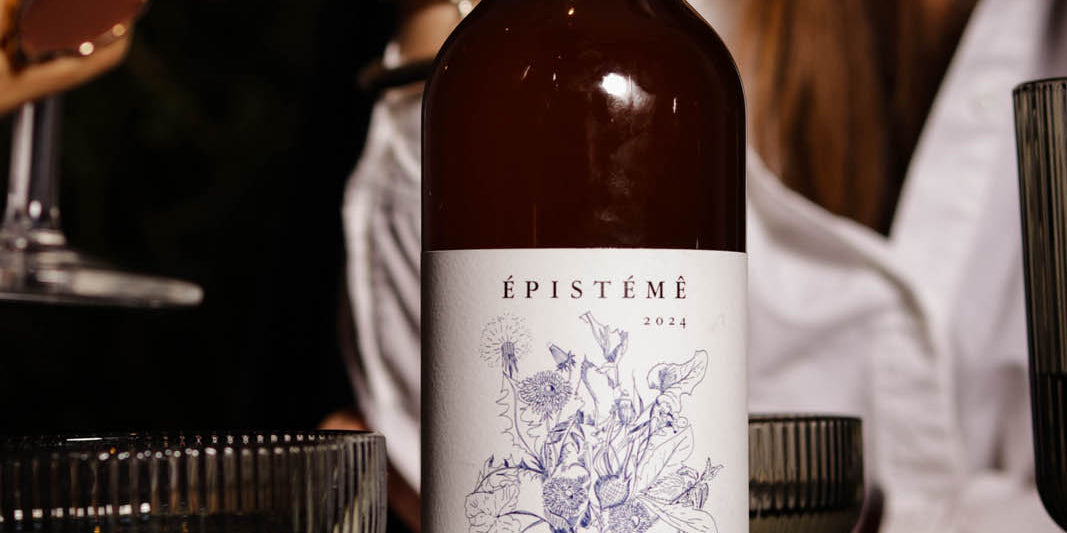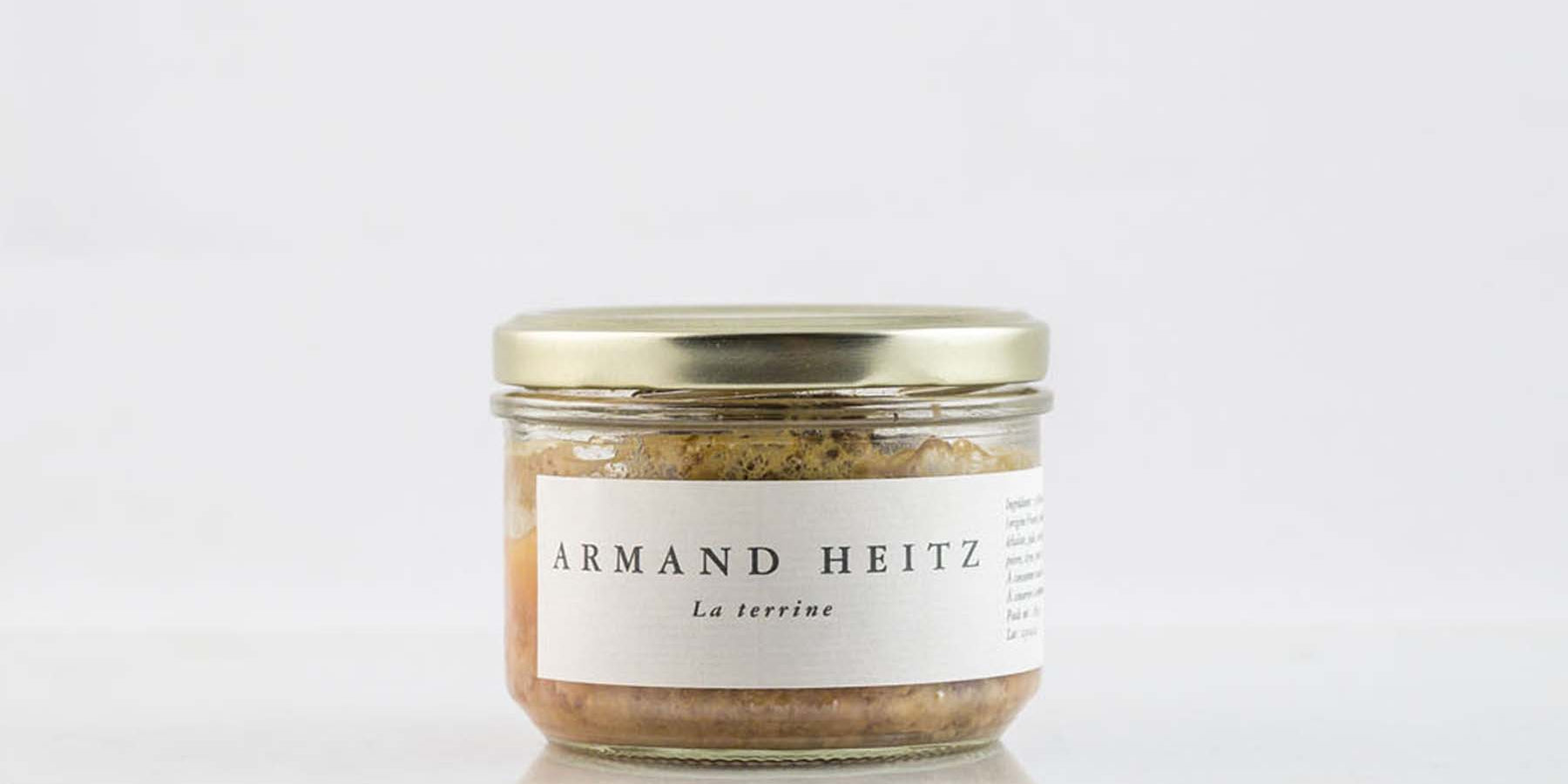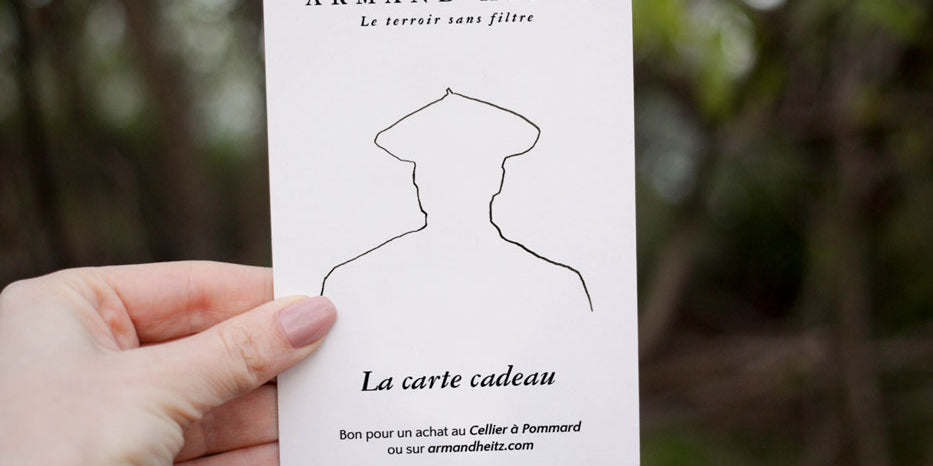Bright red from Etampes, Butternut, Blue from Hungary, Sweet dumpling, Galeuse from Eysines, Musk from Provence, Sucrine from Berry and Futsu Black: a strange colony has settled in Loaris for the fall. Chubby, fleshy, wide-necked, greenish, laughing, a beautiful gallery of this branch of the Cucurbitaceae family, genus Cucurbita, which is commonly called: Squash.

Long ago, before they were hollowed out to make lanterns to celebrate Halloween, long before Cinderella's carriage turned into a pumpkin, even before Christopher Columbus brought them back from the New World , wild squash seeds are found in... mammoth droppings. These giant animals that rubbed shoulders with humans before they embarked on agriculture therefore fed on wild, extremely bitter forms that we could not have endured. About 10,000 years ago, when this megafauna disappeared, humans gradually left their hunter-gatherer job and began to cultivate the plant world by settling down. Squashes are part of the adventure, and by selecting less bitter and more fleshy fruits, early farmers patiently obtained edible squashes.

Thus, when on December 3, 1492 he landed at the eastern tip of the island of Cuba, the first thing Christopher Columbus saw were fields of calabazas. These gourds, already of a great variety, are a symbol of abundance and prosperity among the Redskins of New Mexico, the Aztecs, the Incas. Seeds are found in pre-Columbian tombs. They are used for food, medicinal or decorative purposes.
Established in Europe, squash penetrate much more quickly than tomatoes or peppers in the kitchen and the hearts of foodistas. And the success does not stop, the Cucurbita genus continues to diversify over the centuries. Today the most consumed varieties belong to the types Cucurbita Maxima (pumpkins) and C. Moschata (Butternut) which have better nutritional qualities.

They are low in calories, a good source of vitamin A, group B vitamins, rich in fiber and antioxidants. The iron they contain is well assimilated by the body thanks to the vitamin C they also contain. And above all, they are extremely malleable in the kitchen. Gratin, soups and curry, stuffed, roasted, steamed, incorporated into pancakes, risotto, gnocchi and ravioli. They even advantageously replace butter in chocolate fondant, and they are made into jams.
Super sociable, they are easy to pair with cheeses: gorgonzola (on a pizza!), mozzarella, feta – with spices: nutmeg, curry, cumin – with dried fruits: walnuts, hazelnuts, pine nuts, and also: pancetta grilled, bacon bits, small onions... A single rule perhaps, choose them with a smooth skin (and you can keep them for a long time), be careful not to cook them too long, it goes faster than you don't believe it. And don't forget the pumpkin seeds (pumpkin to be exact, genus C. pepo), rich in protein, iron and good fatty acids.

On the other hand, it would be wrong to think that they all look the same. The pumpkin, whose flesh is denser and not very sweet, takes on an almost greenish golden orange that no Pantone code can give thanks to. The Sweet Dumpling, or Patidou, reveals a more yellow flesh, fine aromas of almond, hazelnut, chestnut. The Galeuse d'Eysines, which protects itself from aggression by covering itself with excrescences, hides a tender nature, better in soups and gratins.They have kept all the summer sun, give it back to us when the days are falling, the air is cold. The gourds are, with the chimney fires and Santa Claus, what makes autumn and winter so warm. Besides, isn't the very famous Hercule Poirot, perceptive detective under the pen of Agatha Christie, planning to retire only to devote himself to the cultivation of pumpkins?
Find the selection of Loaris squash on sale directly at the Cellier à Pommard.
Blandine Bacconnet
Source:
Stories of vegetables, Michel Pitrat and Claude Foury, Éditions INRA, 2003
The garden on the table, Michel Lis, Éditions Actes Sud, 1987
A story of squashes and mammoths
.









